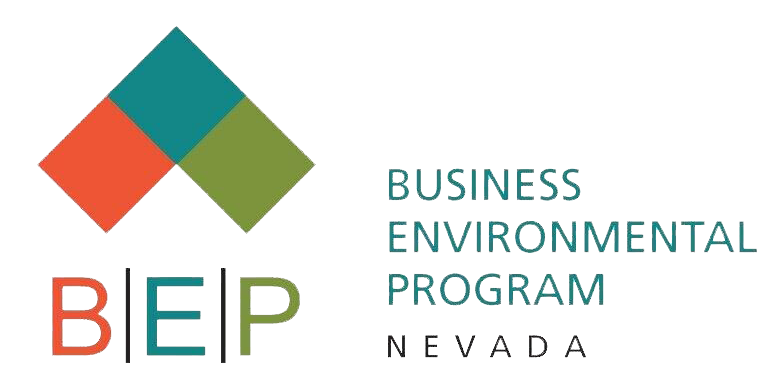Scotty Stalp
An Interview With Scotty Stalp, Colville High School Chemistry Teacher
How did you become interested in green chemistry?
Scotty Stalp has been a high school science teacher for 26 years. He started out as a biology teacher and moved towards chemistry as his career progressed, working in different schools throughout Washington and also in Hawaii and Germany. At his current job at Colville High School in Washington, Scotty is the only chemisty teacher at the school.
Scotty’s interest in green chemistry began in the chemical stock room. “There was a level of scariness in the stock room that I found terrifying”, Scotty recalls. As he struggled to cleanup, organize and get rid of old outdated and hazardous chemicals he discovered the green chemistry program, an approach to teaching chemistry that did not involve purchasing and using harmful chemicals. Although Scotty was eventually able to dispose of all the old chemicals through a program that Washington offered called Rehab the Lab, he decided that going forward he would work to incorporate and use green chemistry principles.
What is your criteria for stocking the chemical stockroom now?
Scotty is pleased to report that he shops for most of the items he needs for chemistry labs in the grocery store! For any chemicals he needs to order, he only buys what he needs and he keeps an updated spreadsheet of all the chemicals he has in stock and their status. Scotty said the Flinn Scientific catalog is a helpful resource to know which chemicals are safe and can be disposed of down the drain.
How did you make the transition to green chemistry?
Go slow and restructure your curriculum and labs gradually, Scotty cautions. Look at doing one new lab per month or per quarter and eventually you will have replaced your old curriculum. There are many resources available that you can learn from. One excellent resource is Beyond Benign that provides teacher mentoring support as the tools, training and support to make green chemistry an integral part of chemistry education. Scotty has been very active with Beyond Benign, using their resources and also becoming a lead teacher for a period of time so he could mentor other teachers and serve as an ambassador for the program.
What are the benefits?
“Lowered stress on lab days!” shared Scotty. He no longer has to worry about students mishandling hazardous chemicals or injuring themselves from unintended uses or explosive reactions.
Scotty also commented that green chemistry not only provides a safer way to teach chemistry, it also incorporates other important concepts such as efficiency, streamlining processes, reducing waste and designing for cost effectiveness. Many of his students are excited about the environmental focus of green chemistry.
What advice would you give to your science and chemistry teacher colleagues deciding whether they should integrate green chemistry into their curriculums?
You should ask yourself, are you afraid of the stuff you are doing in chemistry class? There is a better way and you do not have to continue the way you have been.
Recommended Resources
